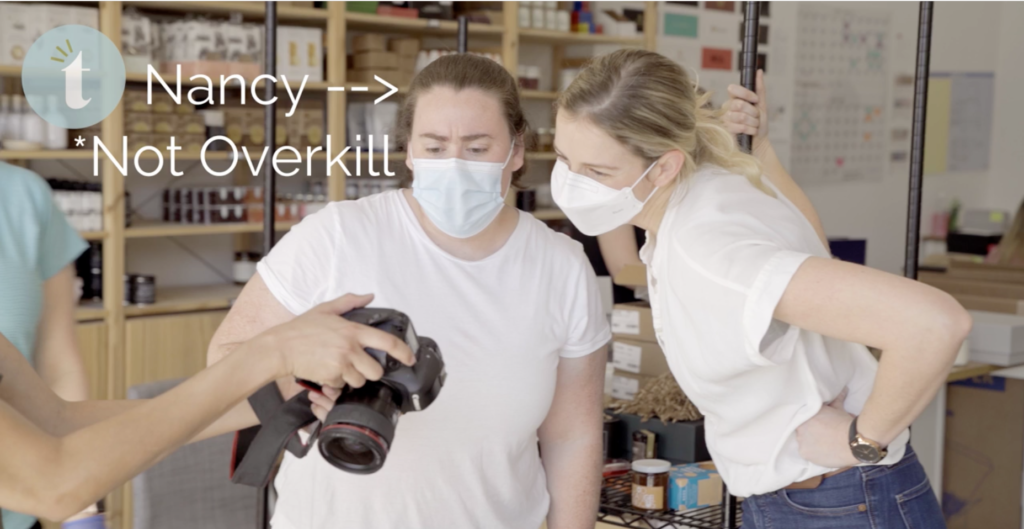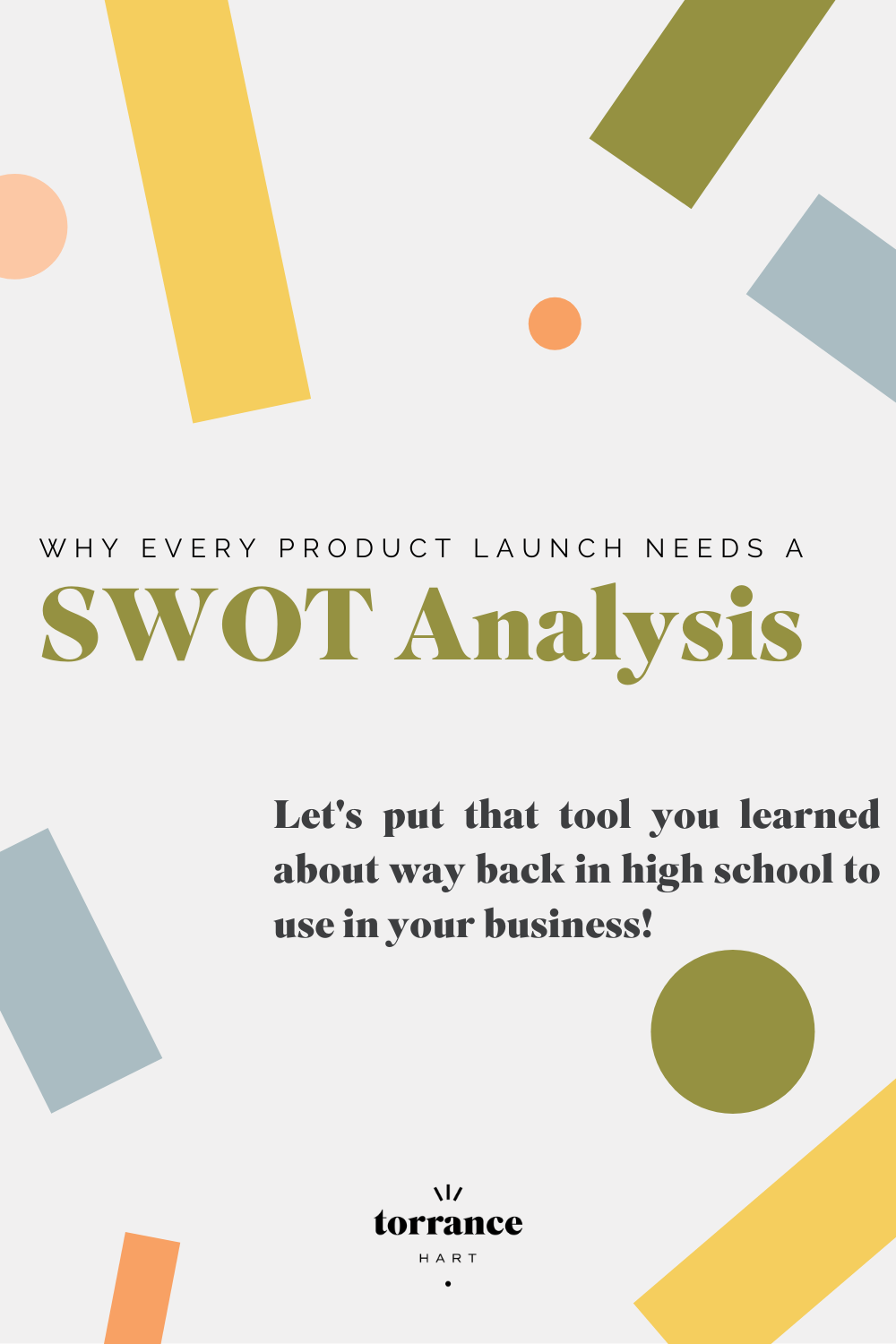Blog
Why every product launch needs a SWOT analysis
Every business has its busy season. For most of us who run product-based businesses, our Super Bowl is the holiday season, am I right?! We train alllll year for that incredible Q4 madness!
As a gifting business, Teak & Twine also enjoys a mini busy season in the spring, leading up to Mother’s Day. It’s such a fun time of designing and launching new products, amping up our marketing, and testing out new production processes as the orders start flowing in. (It’s also like spring training for the holiday season to come!)
But the fun doesn’t end when the holiday is over! This week, with Mother’s Day now behind us, we’ve been spending some time analyzing our sales, marketing efforts and our overall performance during this mini holiday season. How do we do this? With a simple, good ol’ fashioned SWOT analysis!
You may have learned how to do a SWOT analysis in school, but have you ever actually used it in real life or in your business?
For the past couple of years, we’ve completed a SWOT analysis for every Teak & Twine product launch and holiday sale, and I cannot tell you how incredibly helpful this process has been!
If you’re not familiar with a SWOT analysis, the letters stand for:
- Strengths
- Weaknesses
- Opportunities
- Threats
Admittedly, the first time my marketing director, Nancy, came to me and said we needed to do a SWOT analysis on our summer sale, and then proceeded to take very detailed notes throughout the entire meeting, I thought it was a little bit overkill.

But then as our summer sale approached the next year and we were planning our marketing strategy, I couldn’t believe how many details I’d forgotten about the previous year’s sale. Did I remember we should have started our direct mail campaign earlier? Or that we’d determined we should have sent more emails about the sale? Not a chance!
Thank goodness we had a thorough analysis to refer back to, so we could learn from our mistakes and make that next sale even more successful (and it was!)!
I still tend to think I’ll remember details about sales, product launches and more–but the challenge is real! Now, we rely heavily on the SWOT analysis process to guide our planning and growth.
It’s really simple to do–and if you have a team, this is a great time to involve them for a comprehensive and collaborative review of a launch, sale or project you’ve just completed.
Let me walk you through the steps–or, if you prefer, check out the video I made for you!
1. Begin with the strengths of your launch (or sale, or event, etc!).
Strengths are always internal things, for example, processes, what your team did and/or the emails you sent. Now this is the fun part– talking about strengths is where you can really brag on your team! It’s a perfect time to highlight your collective successes and celebrate the individual achievements of every team member.
2. Next, identify the weaknesses of your launch.
Weaknesses are the things that maybe you could have done a little bit (or a lot!) better. This isn’t a time for criticizing yourself or your team members, but for simply taking an honest and constructive look at the things that didn’t go quite right. If you’re conducting your SWOT analysis with your team, I encourage you to begin with identifying your own weaknesses during the product launch. Being really transparent and vulnerable will help your team members feel safe and comfortable sharing things they think they can do better next time around.
3. Third, talk about opportunities.
This step is where you get the chance to identify all the areas where you can do even better in the future. For example, was there a marketing email sequence you could have sent during your launch that you think could improve sales? Did you receive any feedback about your product launch that gave you an “aha! moment” about an improvement you could make for the next launch?
4. Finally, you’ll want to document threats.
Threats are things that are external to your organization, but that could affect the success of future product launches. For example, maybe you’re planning an outdoor launch event– have you thought about what will happen if it rains on your event day? Identifying unfavorable weather as a threat will help you form a contingency plan! Another possible threat, especially for product businesses, is shipping delays– something you definitely can’t control! But how can you predict them and then respond? As you’re making a list of all the potential threats, also spend some time thinking about how you may be able to mitigate them in the future.
My final tip for your SWOT analysis: make sure you write everything down in as much detail as possible, and then save the file in a place where you can easily find it! It may sound basic, but a SWOT analysis will only be helpful down the road if it’s clear and accessible. 🙂
If you’re like I used to be, and the thought of conducting a SWOT analysis seems silly or makes you feel like you’re back in school, I especially encourage you to stick with it. I’ve seen so many positive results at Teak & Twine, and I’m so confident it will help make your launches (and busy seasons! and sales!) more and more successful over time, too!
xx,

Did you think this blog post was helpful?
Feel free to pin, share, or bookmark!



